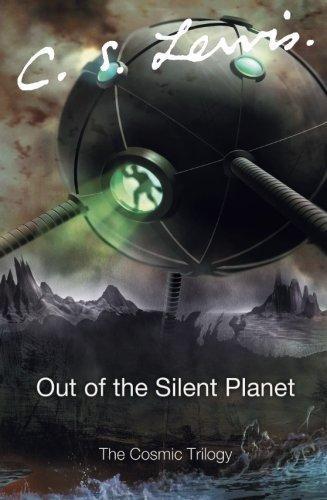A good book that explores the adventures of a man who finds himself on a trip to another planet, and discovers the wonders of Space and life—beyond Earth and humanity.
This is a work of fiction that doesn’t quite fit into what many consider Science Fiction to be today. I was intrigued by this, and after the first few pages, even more so. There’s no real explanations of how much of the science works, there’s no fancy gadgets or takes on what the future would look like for mankind. That’s perfectly fine! And there is a bunch of science in here, it just gets outshined by other elements when compared to other works in the genre.
The story has a rather simple protagonist, who finds himself taken by, basically, a mad scientist and his partner in some sort of spaceship, and they all end up flying through space to an unknown planet, full of life and strange creatures.
The beginning is rather strange, but it hooked me nonetheless, I was never quite sure of what was next. There really wasn’t a clear route to take other than to try and survive once they land on the planet’s surface.
C. S. Lewis, more commonly known for his work in The Chronicles of Narnia, writes about the intricacies and differences of this planet’s biomes and creatures, and the way they all interact with each other.
From this, we get to know some of the way of life and the worldview of the planet’s inhabitants, as well as the differences with Humanity’s behaviour. The clash between science and logic, with a more spiritual and inter-connected one, where there’s no being worth more than the other, no need to fight, or to be afraid of each other.
It was a glad surprise that only took me longer to read because of the amount of work that I’ve had lately. I really need to get back into reading before bed, but for that I may have to start collecting physical book or get an e-ink reader because my phone is too distracting at home.
Anyway, this book was great, and quite an interesting continuation after the ideas Childhood’s End showed about alien life and humanity itself.


